1. Lemons
The simple but versatile lemon is number one. It goes way beyond anything you could imagine as far as a superfood because it is a therapeutic citrus. One lemon has around 100% of your daily recommended intake of vitamin C. This fruit is an anti-inflammatory and cleanses the system from bad toxins in the body. Plus it has citrus flavonoids, which can inhibit the growth of cancer cells.
7 Reasons to Start Your Day With Lemon Water
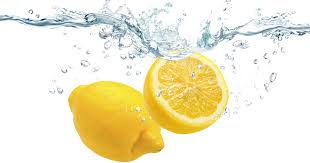
- Aids in digestion. Acid helps break down food.
- Helps you stay hydrated. Most of us don’t drink enough water.
- Weight-loss friendly. We’re creatures of habit. ..
- Prevents oxidation. …
- Supplies a healthy dose of vitamin C.
- Provides a potassium boost.
- Helps prevent kidney stones
If you drink a glass of warm lemon water each morning, you are setting your body up for a healthy digestive system and helping your immune system. It also works as a blood purifier. Lemons are positively full to the brim with calcium, potassium, pectin fiber, and other nutrients. Besides, one glass of juice has less than 25 calories.
How to enjoy lemon water
Simply squeeze half of a lemon into a glass of water. How much? When? It really doesn’t matter. Any way you do it, it’s a big plus for your health.
2. Broccoli
Broccoli, that gorgeous green stalk, is one of the world’s healthiest foods. There have been numerous studies on the effect broccoli has on the body, all with positive results. Eating regular amounts of broccoli can lower cholesterol. It might also help reduce inflammation and allergy reactions. Broccoli is beneficial for bone and heart health, and it helps alkalize your body.
Want more? Broccoli is also an antioxidant; it’s has lots of kaempferol, isothiocyanates, omega-3 fatty acids. Because broccoli contains glucoraphanin and indole-3-carbinols, it can help prevent the growth of certain cancers in the body. We should be eating lots more broccoli.
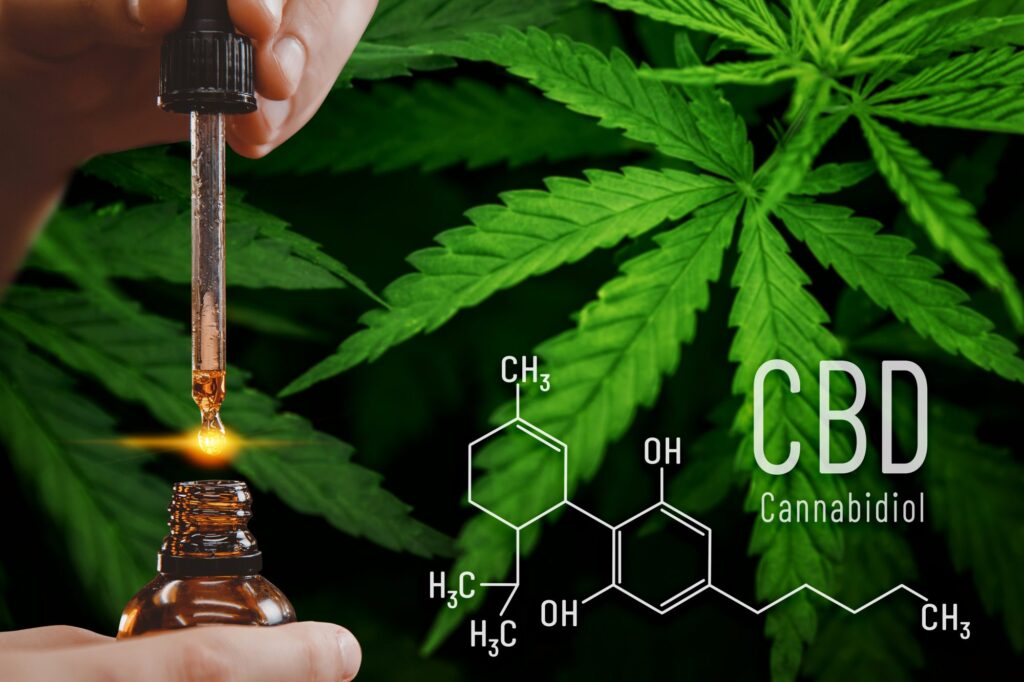
3. Salmon
Salmon is well known as a healthy fish. It’s one of the go-to fish for your inflammatory disease because of its high omega-3 benefits. However, it does more than help inflammatory disease. You get so much more in a piece of fresh wild caught salmon.
High on the scale of vitamin B12, D, B3 and B6, it also contains selenium, protein, Iodine, and potassium. So it is perfect for bones and joints but also the brain and neurological symptoms. Heart health, better eyesight, and softer skin are more health benefits you get when you eat salmon.
4. Spinach
Spinach is more popular these days in the average American diet than it was 40 years ago; this is an excellent thing. It is one of the healthiest foods you can eat. Spinach is low in fat and cholesterol. It is also high in protein and fiber, zinc and iron, niacin, calcium, iron, magnesium, copper potassium, manganese, and loaded with vitamins. Plus, hello flavonoids!
This leafy green is packed with good stuff for the gut, brain, cardiovascular systems, and blood pressure. Plus, it is versatile! Do a little research, and you’ll see that spinach works in a variety of hot and cold dishes. Popeye was not wrong here, it will, in fact, help you to get big and strong.
5. Beans
A legume, or bean, is a member of the pea family, a vegetable grown in a crop which has a seed or pod that is edible. For a healthy body, the recommendation is that you eat around 3 cups of legumes a week, which is not that hard to do really.
They are full of fiber, both soluble and insoluble, so say hello to a good digestive system. Beans are low on the glycemic index, which keeps your blood sugar levels healthy. It also has a good impact on heart health, the cardiovascular system, blood pressure regulation, and the functioning of the nerves system. Careful with beans though; they are great for you but don’t overdo it. You should drink lots of water to help the seeds along.
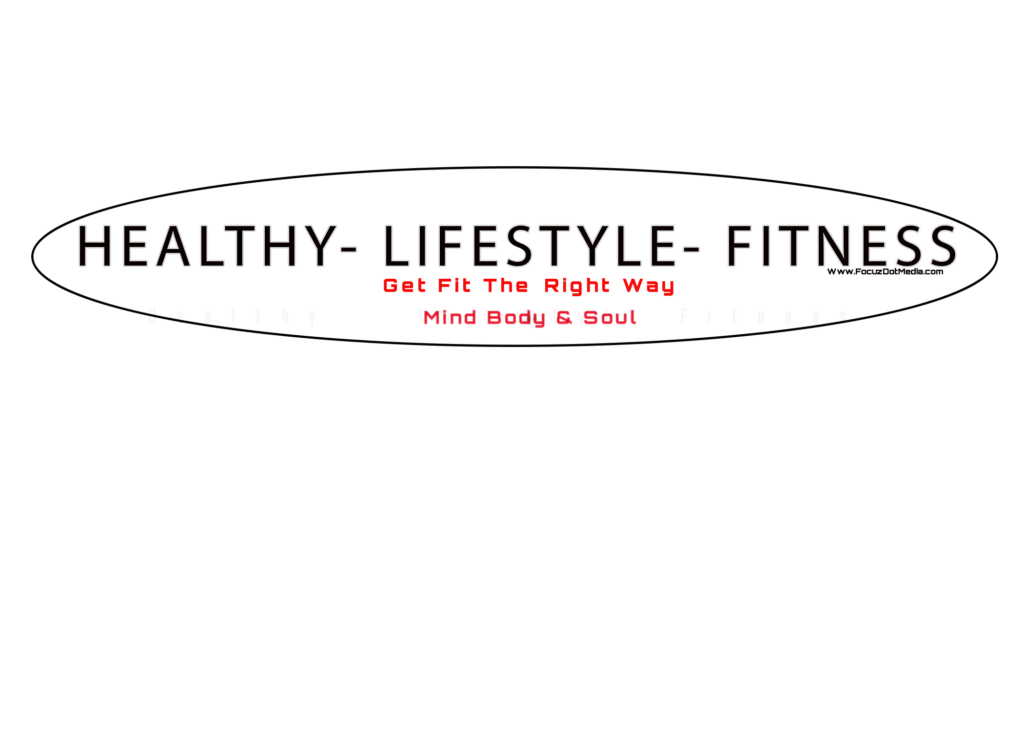
6. Nuts
Nuts are great snacks, tasty, diverse and easy to eat. They are perfect for you, especially unsalted, but not all nuts are going to give you everything you need. They are often high in fat and calories. However, these facts can outweigh the good stuff that comes from eating nuts in your diet. For example, you get fiber, potassium and zinc, vitamins A and E, and more depending on the type of nut.
What are the best ones to add to your weekly eating plan? Pistachios, hazelnuts, almonds, cashews, Brazil nuts, and walnuts. Macadamia and pecans are not ideal for your diet but benefit in other ways. Peanuts are bad for health but good for your brain. Whichever nuts you eat, get unsalted, raw, fresh nuts. Stay away from nuts packaged or cooked with oil or salt.
7. Avocados
Most people love good guacamole, but avocados can be put in to so much more than a dip! Part of the berry family, they are incredibly good for you, and tasty. You’ll want to implement eating them in your eating plan immediately.
Avocados have up to 20 vitamins and minerals. They are low in sugar and high in fiber. Eating them can help you fill up and feel full for longer. Yes, they are high in calories and fat, but it’s the good monounsaturated fat. As long as you don’t gorge on them, your intake will be fine.
8. Garlic
Garlic comes from the onion family and is used in most dishes to enhance flavor. It is often used to help the taste of food. However, garlic contains a high amount of a sulfur compound called allicin, which is responsible for most of the health benefits gained from eating garlic.
When a garlic clove is crushed, chopped, or chewed, allicin is released and gets to work. Garlic is a known reliever of the common cold. It also can reduce blood pressure, combat diseases such as heart disease and Alzheimer’s, and can help you live longer.
9. Sweet Potatoes
Eating sweet potato is better for you than eating a regular potato. The glycemic index of sweet potatoes is much lower, and the nutritional profile is higher than a regular potato. They promote healthy skin, low cholesterol levels, and prostate health and anti-cancer properties.
Sweet potatoes are the top vegetable on the planet for vitamin A consumption. They contain high levels of vitamin C and B6 and lots of potassium. Sweet ones are also gluten-free and a great way to replace carbohydrates in a diet if you have cut our potatoes or all gluten.
10. Berries
Berries are tasty and so, so good for you. They have high levels of phytochemicals, which are naturally occurring nutrients to help cell damage and overall health. Strawberries, raspberries, and blackberries are all great flavor explosions to eat. Blueberries knock it out of the park because they have a uniquely high level of antioxidants.
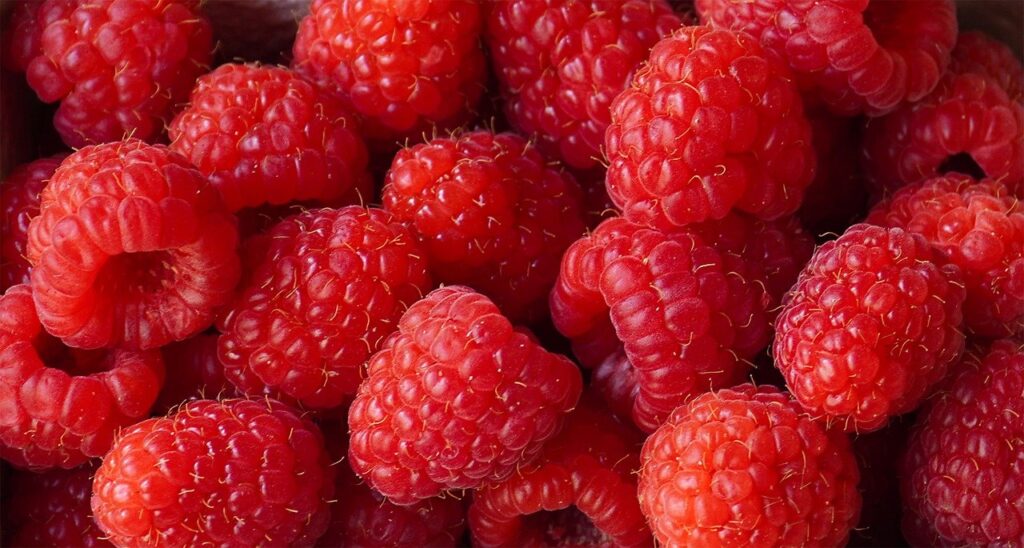
Eating berries can keep you mentally sharp and prevent mental degeneration diseases because of the brain health benefits; they can help weight control, fight diabetes, and keep your blood pressure low. They are great for heart health, too.

Boost your arginine intake with these 10 foods:
- Turkey. Share on Pinterest. …
- Pork loin. Share on Pinterest. …
- Chicken. Share on Pinterest. …
- Pumpkin seeds. Share on Pinterest. …
- Soybeans. Share on Pinterest. …
- Peanuts. Share on Pinterest. …
- Spirulina. Share on Pinterest. …
- Dairy. Share on Pinterest.
Foods High in Carbohydrates
Bread
Something we all love bread is high in carbohydrates, but white bread does not contain much fiber and can cause spikes in blood sugar that stress the pancreas and metabolism. One medium bagel contains 36 grams of carbohydrates, 12 percent of the daily recommended intake, and two slices of white bread contain 26 grams. Whole-wheat bread contains about the same amount of carbohydrates as white bread, but it has more fiber, so opt for whole-grain bread over white bread.
Cereal
Cereal contains a lot of carbohydrates, as does any product made from wheat, oats, or any other grain. Sugary cereals usually don’t contain much fiber and will undoubtedly cause a spike in blood sugar levels followed by a crash. They also do not keep the body full for very long. For example, regular corn flakes contain 24.3 grams of carbohydrates per cup, and 1.8 of those grams are sugars. Frosted flakes, on the other hand, contains 35.4 grams of carbohydrates per cup, 15 of which are sugars. Choose whole-grain cereals that contain fiber and the least amount of sugar.
Pasta
Regular cooked pasta is 81 percent carbohydrates, 14 percent protein, and 5 percent fats. There are 42.8 grams of carbs in 1 cup of pasta, 2.5 grams of which are fiber; the rest is starch. Whole-wheat pasta has similar nutrients but much more fiber. This means that it metabolizes a bit slower and is better for intestinal health.
10 Foods High in Arginine That Pack Protein
Rice
One cup of cooked rice has 44.5 grams of carbs. However, there is a major difference between brown rice and white rice in fiber content. One cup of white rice contains 0.6 grams of fiber, or 3 percent of the daily recommended intake (DRI), whereas the same amount of brown rice contains 3.5 grams of fiber or 14 percent of the DRI. Brown rice is also a better source of minerals like magnesium, phosphorus, manganese, and selenium.
Cookies and Cakes
Unless cookies or cakes are baked with healthy ingredients such as high-fiber whole grain flour, they contain many unhealthy carbohydrates. A typical cookie contains about 10 grams of carbs, at least half of which are sugars. An average piece of chocolate cake contains 50 grams of carbohydrates, also made up largely of sugars. Add frosting, and the carb and sugar count continues to rise as nutrition falls.
Sugary Beverages
It is best to avoid sugary drinks. There is nothing beneficial in a can of Coca-Cola, which contains 39 grams of carbohydrates, all of which are sugars. One can or bottle of soda contains more carbohydrates than a bagel, a bowl of cereal, or a serving of pasta. Adding flavors to water is a better way to enjoy a tasty drink that doesn’t derail good health.
Potatoes
Baked potatoes contain a lot of carbohydrates, but they’re not all bad. A medium baked potato (173 grams) has 36.6 grams of carbohydrates, 3.8 of which are fiber, 30 starch, and 2 sugars. Potatoes also contain plenty of essential vitamins and minerals, including vitamin C, vitamin B6, niacin, folate, potassium, and manganese. The skin of potatoes contains more iron and fiber than the flesh.
Sweet Potato
A medium sweet potato (180 grams) contains 37.3 grams of carbohydrates, 5.9 of which are fiber. Sweet potato is an incredibly nutritious vegetable and an excellent source of vitamin A, vitamin C, vitamin B6, potassium, and manganese. It is also high in carotenoids like beta-carotene, which help ward off cancer and other diseases related to free radical damage. Sweet potatoes are sweet, but they won’t cause a spike in blood sugar levels because their natural sugars are released slowly into the bloodstream.
Oats
Oats are a healthy grain because they contain plenty of vitamins, minerals, and fiber. They are 70 percent carbs, 15 percent fats, and 15 percent protein. One cup of raw oats contains 103 grams of carbs, 16.5 of which are fiber. One cup of oatmeal made from old-fashioned oats contains 27 grams of carbs and 4 grams of fiber. Studies show that oats lower “bad” cholesterol and blood sugar levels. Since they contain fiber and protein, they also keep the body full for a long time.
Bananas
One medium banana contains 27 grams of carbohydrates. Bananas contain some fiber, some starch, and a lot of sugar. The sugars are naturally derived but can be problematic for people with diabetes. It is more important to avoid sugars in processed foods than in natural foods like fruit. Bananas are a source of many essential vitamins and minerals, including vitamin B6, potassium, and manganese.
Jams and Preserves
Jams and preserves contain a lot of processed sugar, which means they are high in monosaccharide carbohydrates. In fact, they are 99 percent carbs and just 1 percent protein. One ounce of jam or preserves contains 19.3 grams of carbohydrates, 13.6 of which are sugars. In other words, it should be consumed in moderation.





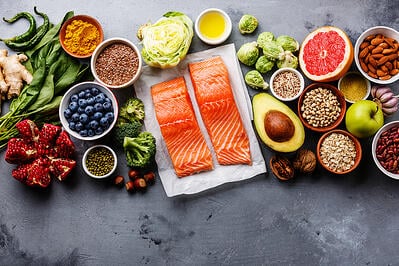




More Stories
Susan Aquila The Goddess of Metal and Classical Rock
First and only fire station in Denver to be staffed by all African American firefighters
Why Are So Many Venezuelans Going to the United States?